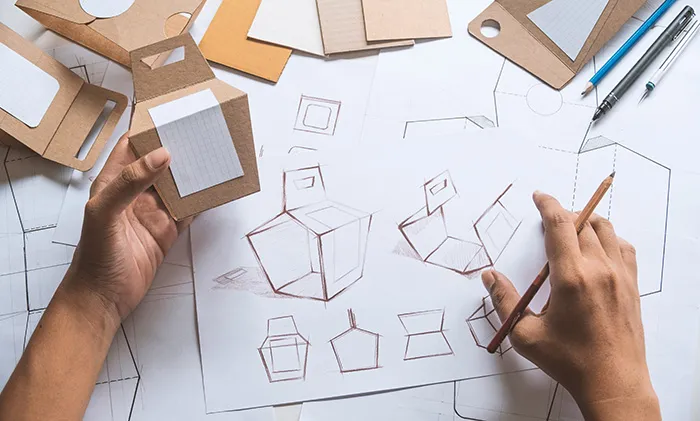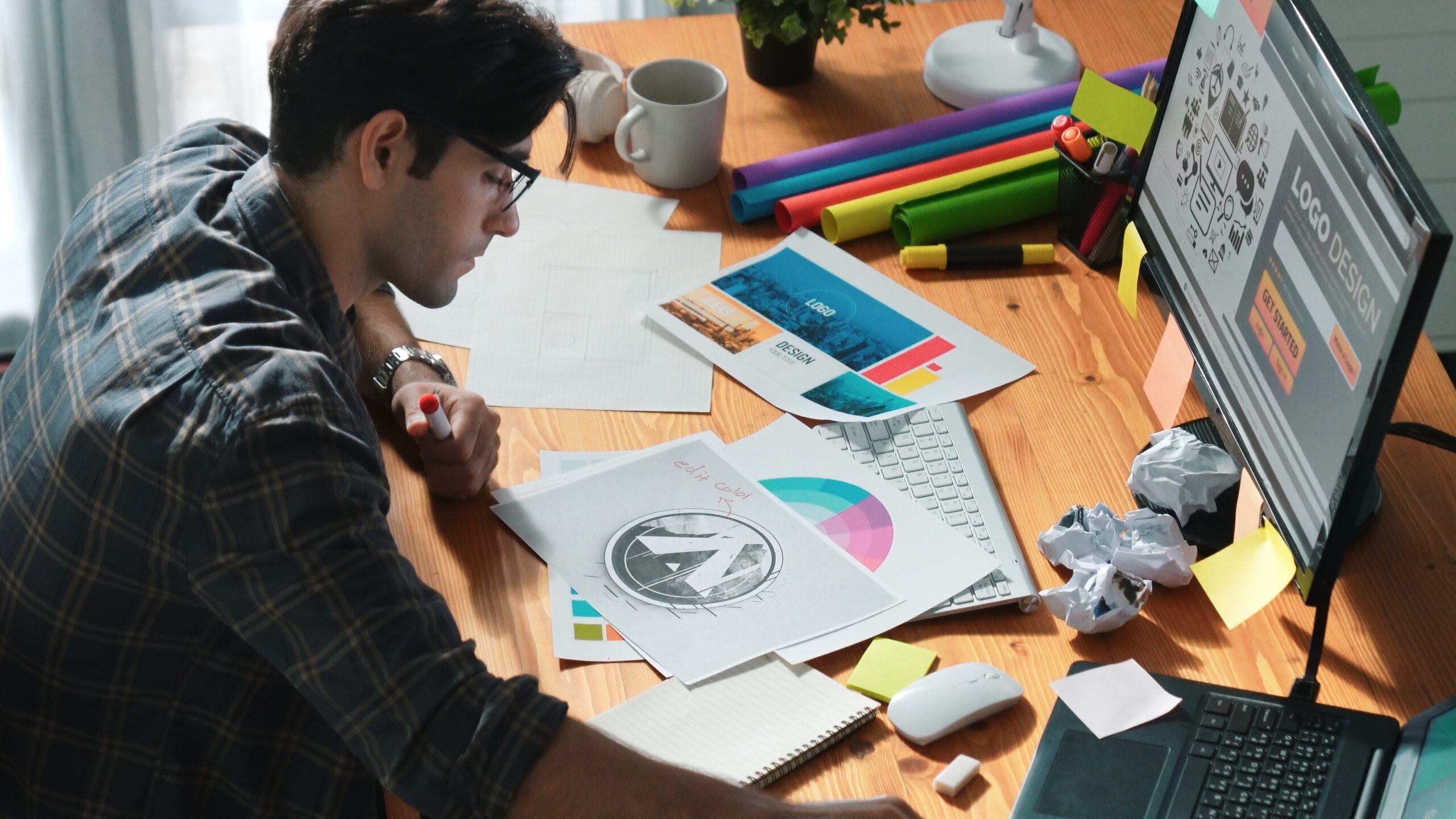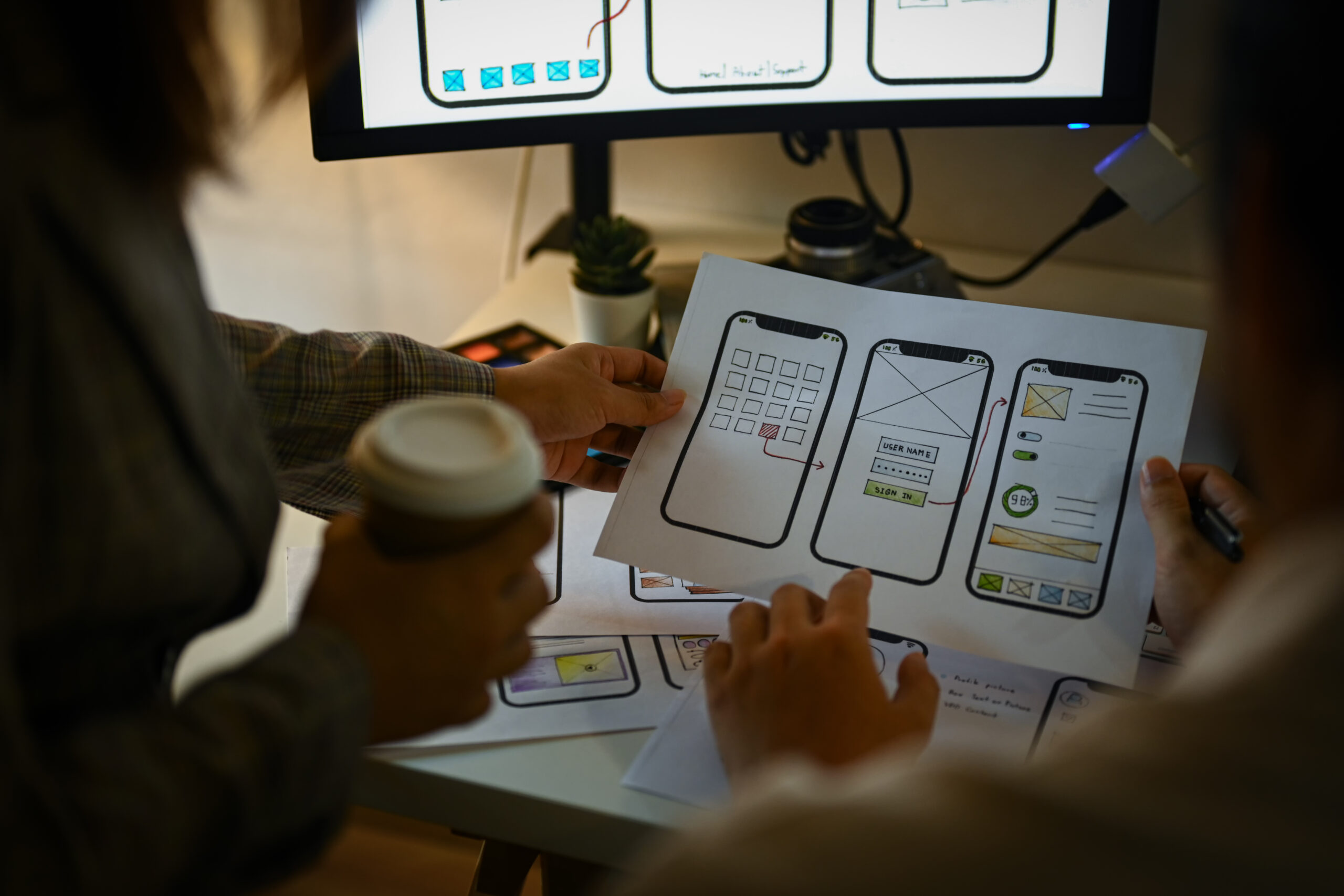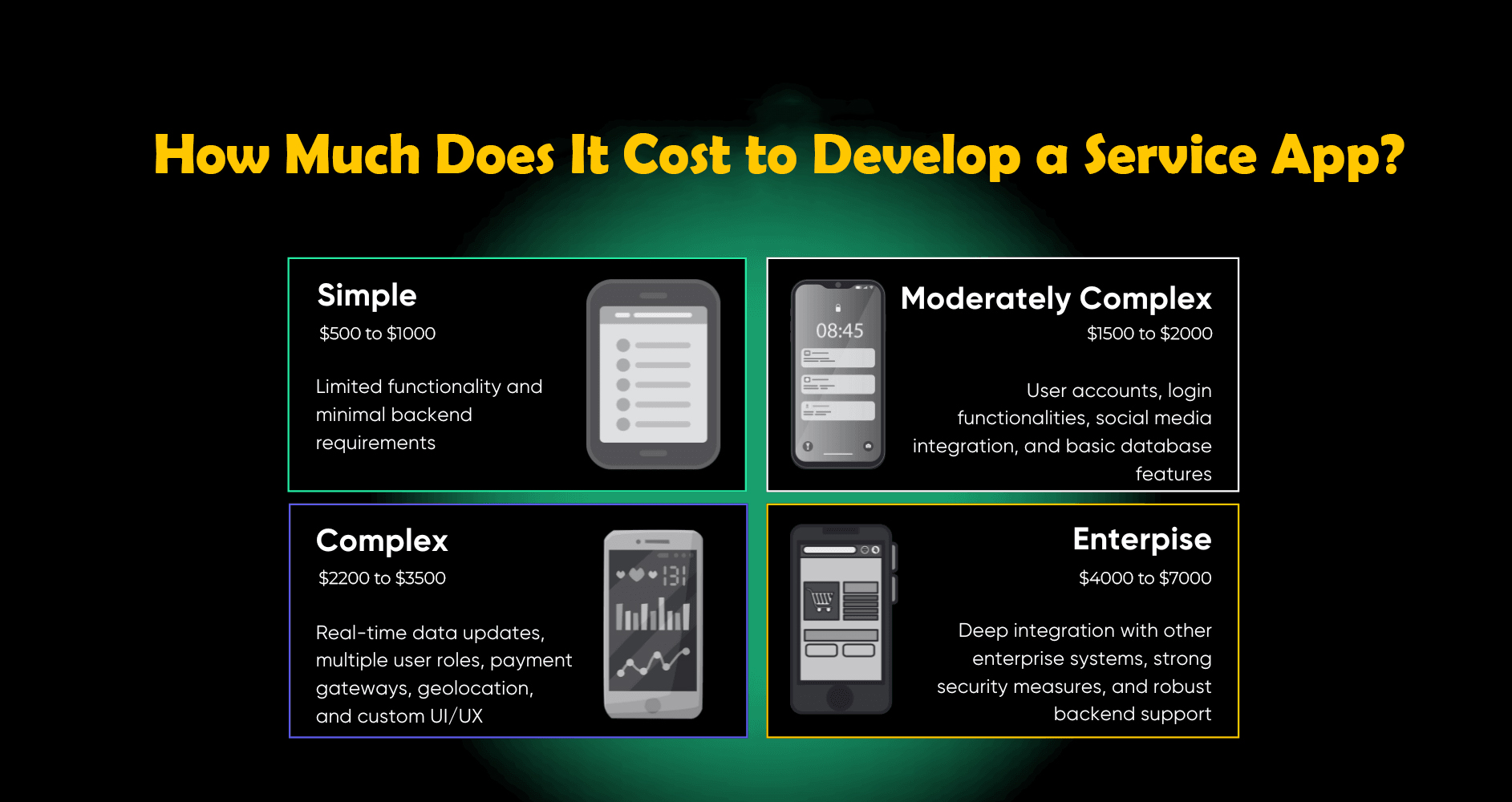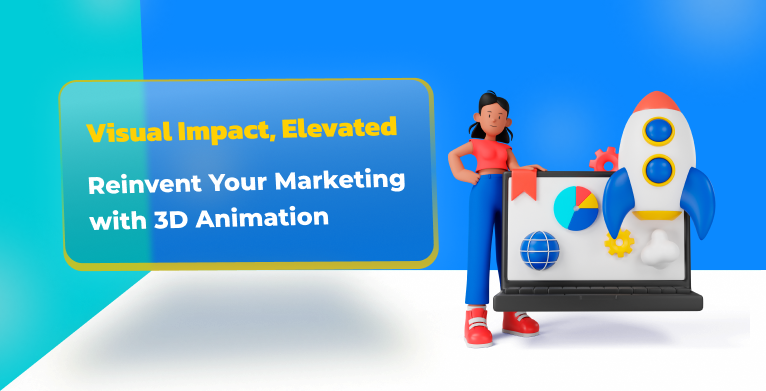When you walk into a store, what grabs your attention first? Is it the sleek glass bottle on the shelf or the bright, bold colors of a cereal box? Whether you realize it or not, you’re interacting with one of the most powerful tools in marketing: product packaging. Product packaging in marketing goes far beyond wrapping a product in a pretty box. It’s about telling a story, setting expectations, and creating a connection between the brand and the consumer all before the product is even used. Let’s dive into what product packaging truly means in the world of marketing, and why it’s a non-negotiable element for any business looking to make an impact.
The Role of Packaging in Marketing
At its core, product packaging serves two essential functions: protection and presentation. But from a marketing perspective, it plays an even bigger role. Packaging is a brand’s silent ambassador. It communicates value, evokes emotions, and influences purchasing decisions. The right packaging can differentiate a product from its competitors, drive sales, and build long-term customer loyalty. Imagine you’re launching a new skincare line. Your target market is eco-conscious millennials. Would you wrap your product in plastic? Probably not. You’d likely lean towards recyclable, minimalist packaging with earthy tones because that’s what resonates with your audience. That’s strategic product packaging in action.
First Impressions Matter
In marketing, first impressions are everything. Consumers form opinions about a product within seconds of seeing it. That means your packaging has a tiny window to make a big impact. Think of it as your product’s handshake a chance to make a lasting impression before a single word is spoken. Well-designed packaging grabs attention, sparks curiosity, and invites the customer to explore further. It’s not just about looking good, it’s about reflecting your brand identity and positioning. For luxury brands, this might mean elegant typography and premium materials. For fun and quirky products, it might mean bright colors and playful illustrations.
Product Packaging Design: The Secret Sauce
Product Packaging Design is where creativity meets strategy. It’s the process of conceptualizing and creating the outer shell of a product. But make no mistake this isn’t just about choosing a color palette. It involves understanding your audience, studying market trends, knowing your competition, and aligning every element of design with your brand’s core values. Great product packaging design balances form and function. It must be visually appealing while also being practical. It should protect the product, be easy to open or use, and provide essential information clearly.
Some key elements that go into effective packaging design include:
Branding Elements – Logo, colors, and fonts that are consistent with your brand identity.
Material Choice – Cardboard, glass, biodegradable materials, etc., depending on product and audience.
Typography – Clear, legible text that guides the customer and highlights key information.
Imagery – Photos or illustrations that enhance the appeal or explain the product use.
Structure – How the packaging opens, closes, stores, and travels.
Emotional Connection and Storytelling
People don’t just buy products, they buy feelings, experiences, and stories. Product packaging plays a massive role in storytelling. A thoughtfully designed package can communicate a brand’s mission, ethos, and promise. Let’s say you’re selling artisanal chocolate. Your packaging could include hand-drawn illustrations of the cocoa farm, a brief note about the farmers who grew the beans, and earthy colors that hint at sustainability. You’re not just selling chocolate you’re selling a story of craftsmanship, care, and conscious choices.
Practical Considerations in Packaging
Marketing aside, effective product packaging must also be practical. It needs to comply with legal requirements, display necessary information like ingredients or instructions, and withstand shipping and handling. Packaging should also align with shelf space, retail environments, and even how it appears in digital marketplaces like Amazon or Etsy. Today’s consumers are more informed and eco-aware than ever. That means packaging should not only look good it should be sustainable, too. Recyclable, reusable, and minimal-waste designs are gaining traction, and brands that ignore this trend risk alienating a growing segment of conscious buyers.
How Packaging Influences Buying Decisions
Did you know that nearly 72% of consumers say packaging influences their purchasing decision? That’s a huge number. It shows how critical packaging is to conversion.
Here’s how packaging influences buyers:
Perceived Quality – High-end materials and well-thought-out designs make the product feel more valuable.
Brand Recall – Memorable packaging helps customers remember your brand and find it again later.
Trust and Transparency – Clear labeling and ethical messaging increase customer confidence.
Impulse Buying – Eye-catching packaging can trigger spontaneous purchases.
The Digital Shelf and Unboxing Experience
With the rise of e-commerce, the unboxing experience has become a marketing moment in itself. Customers love to share aesthetically pleasing or clever packaging on social media. That means your packaging could become part of your viral marketing strategy without spending a dime on ads. Brands now design packaging with Instagram in mind. Beautiful textures, clever inserts, handwritten thank-you notes all these small details add up to a big brand impression. In the age of the digital shelf, packaging needs to work just as hard online as it does in stores.
Final Thoughts
Product packaging in marketing is no longer just a protective layer. It’s a strategic tool that speaks, persuades, and performs. From brand storytelling to emotional engagement, from shelf appeal to online buzz—packaging is a powerhouse.

